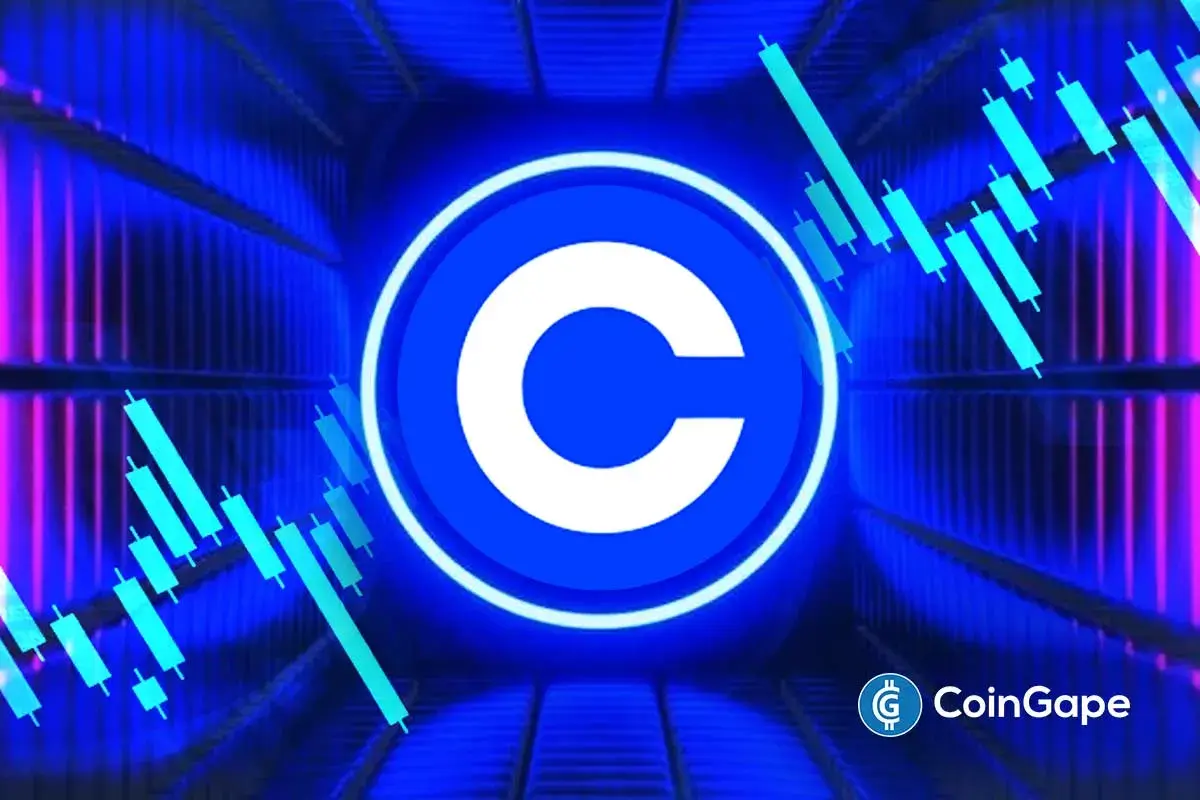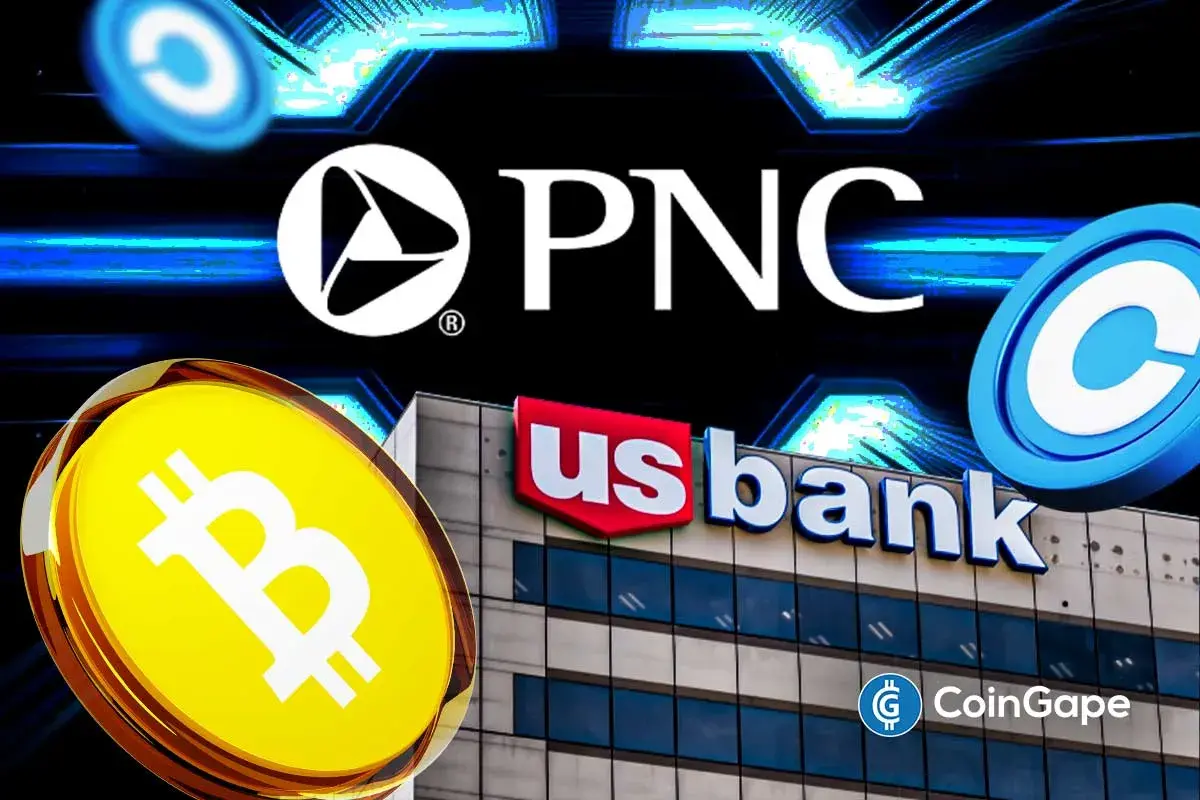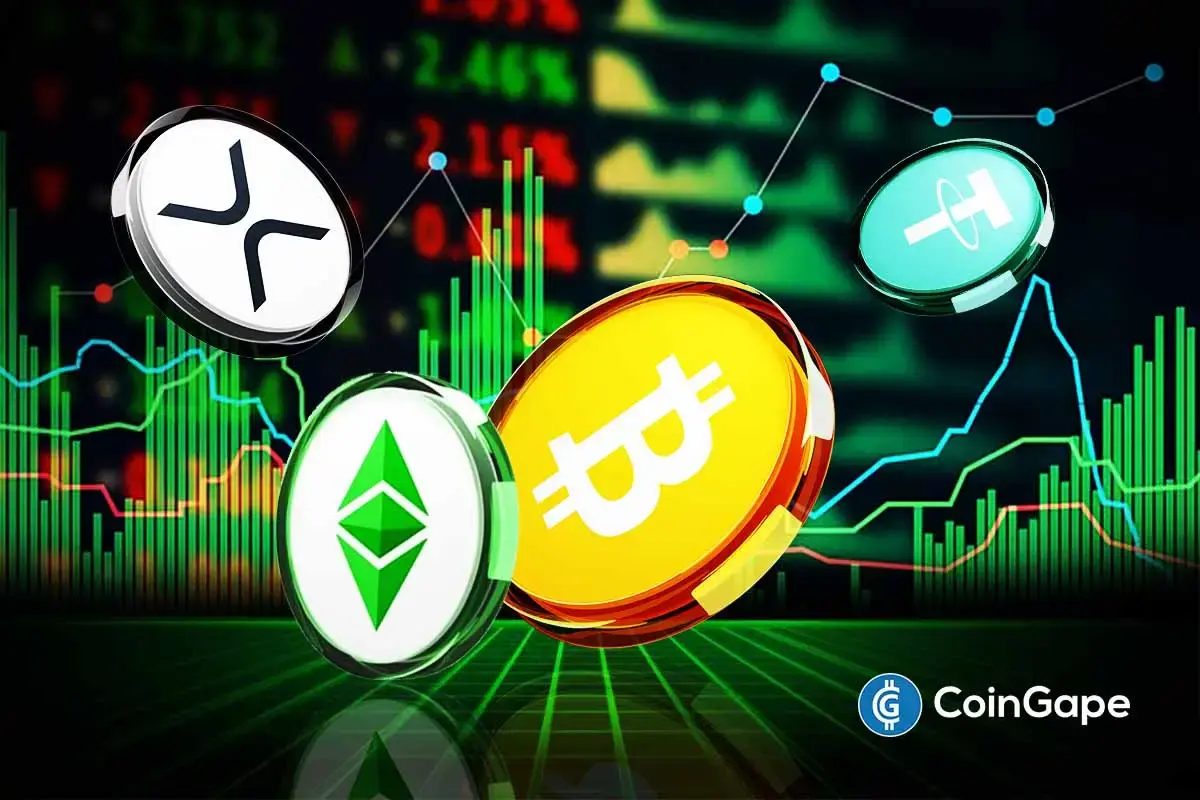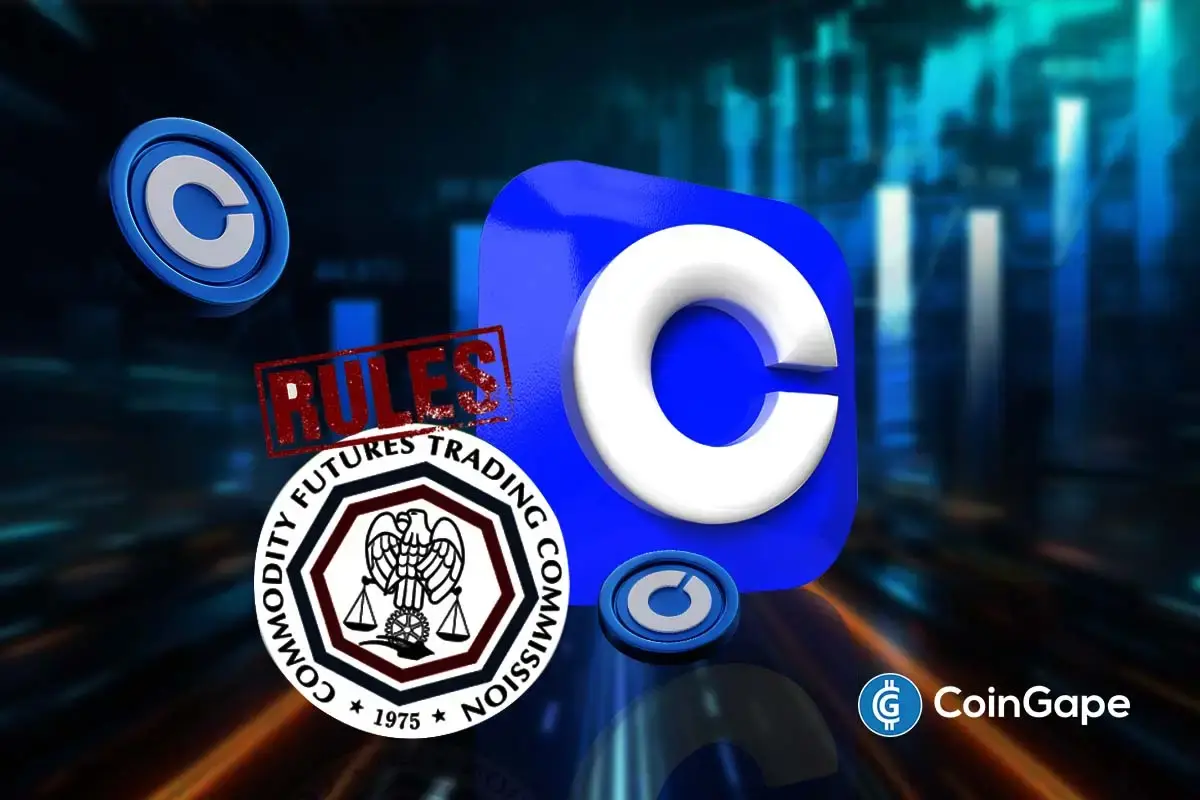Vitalik Buterin Addresses Key Myths Over Coinbase L2 Base Custody Concerns

Highlights
- Vitalik Buterin clarified that funds on the Base blockchain remain secured by Ethereum’s L1.
- Buterin clarified misconceptions around L2 security, noting that platforms like L2beat measure concrete protections.
- Coinbase CLO Paul Grewal rejected claims that L2 sequencers are exchanges, comparing them to infrastructure like AWS.
Ethereum co-founder Vitalik Buterin has addressed some key myths around the custodial features of Coinbase’s Layer-2 platform Base. In his latest support for the Layer-2 network, Buterin said that the platform maintains the core principles of decentralization while improving user experience. Amid the growing concerns over L2 centralization Ethereum co-founder steps in to explain their importance.
Vitalik Buterin Defends Ethereum Layer-2 Base
In a comprehensive message on the X platform, the Ethereum co-founder voiced support for Base, a Layer-2 platform by Coinbase, residing on Ethereum. According to Buterin, Base operates as an Ethereum L2 that leverages centralized elements for stronger UX features. However, it ultimately relies on Ethereum’s decentralized base layer for security. His comments come just as Coinbase is planning to introduce Base Token, in an attempt to further decentralize the chain.
Importantly, Vitalik Buterin emphasized that Base does not have custody of user funds. Thus, it cannot seize assets or block withdrawals, and aligns with L2beat’s Stage 1 security definition. Buterin also pushed back against misconceptions around platforms like L2beat, clarifying that they measure “concrete properties that protect users from being rugged” rather than acting as a “nerd-sharia compliance authority.”
The Ethereum co-founder stated that if an L2 shuts down, users can still withdraw funds directly from Ethereum. He further cited past examples such as Soneium to illustrate how L2s prevent operator censorship. Vitalik Buterin said:
“L2s are non-custodial. They are extensions of Ethereum, not glorified servers. Smart contract logic on Ethereum L1 guarantees that user funds remain under L1 control, preventing theft or censorship by L2 operators.”
Coinbase CLO Debunks the FUD on L2 Sequencers
Paul Grewal, Chief Legal Officer at Coinbase, has rejected claims that Layer-2 sequencers like those on Base should be treated as exchanges. Grewal pointed out that the U.S. SEC defines an exchange as a platform that brings together buyers and sellers of securities. Last month, Coinbase rolled out a decentralized exchange (DEX) to support tokens on the Base network.
In contrast, he said, L2s are general-purpose blockchains that process transactions, smart contract calls, and messages, while leaving order matching mechanisms such as AMMs, CLOBs, or auctions to the applications built on top.
While drawing an interesting comparison around Amazon AWS, Grewal said: “If an exchange runs on AWS, is AWS an exchange? Obviously not.” He added that L2 sequencers play a vital role in enabling scalable and secure Ethereum transactions, serving as the backbone for a wide range of decentralized applications
- Crypto Traders Increase Bets on Kevin Warsh After Trump Names Top Two Fed Chair Candidates
- This Top CNBC Trader Says He’ll “Never” Invest in XRP Despite Wall Street Adoption
- ‘Dead Like Kodak’: Software Engineer Slams SWIFT’s 5-Year Delay on Blockchain Plans
- Ripple Attracts $300M Institutional Bet as VivoPower Launches Korean Investment Vehicle
- Crypto Eyes Entry into Traditional Sports as Tether Bids $1B for Juventus FC
- Will Bittensor Price Break Above $400 After First TAO Halving Tomorrow?
- Expert Predicts Bitcoin Price Crash to $75k as ETF Inflows Fall, Treasury Companies Plunge 83%
- HYPE Price Jumps 8% as Open Interest Hits $1.61B — Is $50 Next?
- Is Solana Price Poised for a +50% Bullish Rally? Here’s What to Expect
- Top 3 Price Predictions for Bitcoin, Ethereum, and XRP in DEC 2025
- Will Chainlink Price Break Toward $20 After 84K LINK Reserve Increase?
















